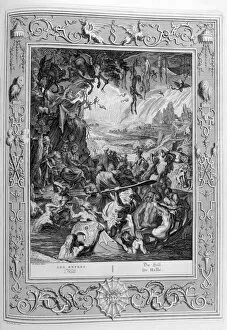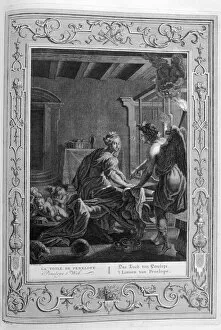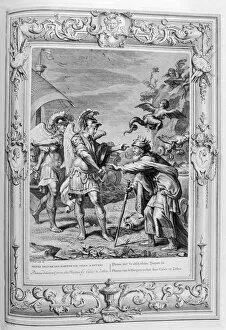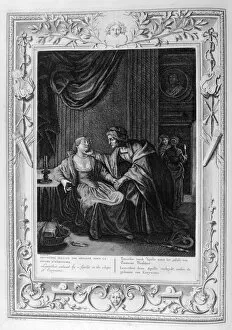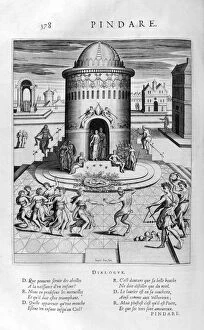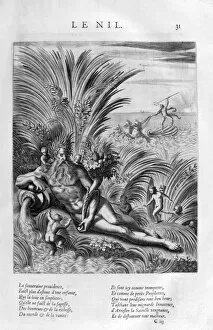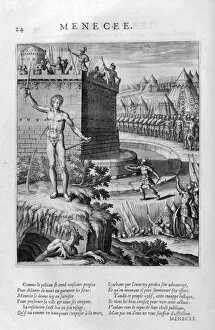Jean Claude Carriere Collection
Jean Claude Carriere was a man of many talents, much like the artist Athanasius Kircher whose works he admired
All Professionally Made to Order for Quick Shipping
Jean Claude Carriere was a man of many talents, much like the artist Athanasius Kircher whose works he admired. Just as Kircher's art encompassed a wide range of subjects, so too did Carriere's interests and accomplishments span various fields. Carriere had the curiosity and imagination of a small dragon, always seeking to explore new territories and push boundaries. He approached life with an artistic flair, much like Kircher did in his depictions of mythical creatures and dragons. But Carriere was not just an artist; he possessed the ingenuity of a machine. Like Kircher's hand hydraulic water pump and wind pump, Carriere had the ability to create innovative solutions to problems that others deemed impossible. Just as Kircher delved into the mysteries of lake geology and furnaces, Carriere sought to understand the world around him. His thirst for knowledge led him to study diverse subjects such as antediluvian giants and human figures, much like how Kircher explored ancient myths through his artwork. Carriere's fascination with history extended beyond mere curiosity; it influenced his creative endeavors. Just as Kircher depicted Virgin Mary alongside a human skeleton or child in his artworks from 1678, Carriere used historical references in his storytelling to shed light on complex themes. In essence, Jean Claude Carriere embodied the spirit of Athanasius Kircher - both were artists who defied convention by exploring diverse subjects through their respective crafts. They shared an insatiable curiosity about the world around them and left behind legacies that continue to inspire generations after them.



























